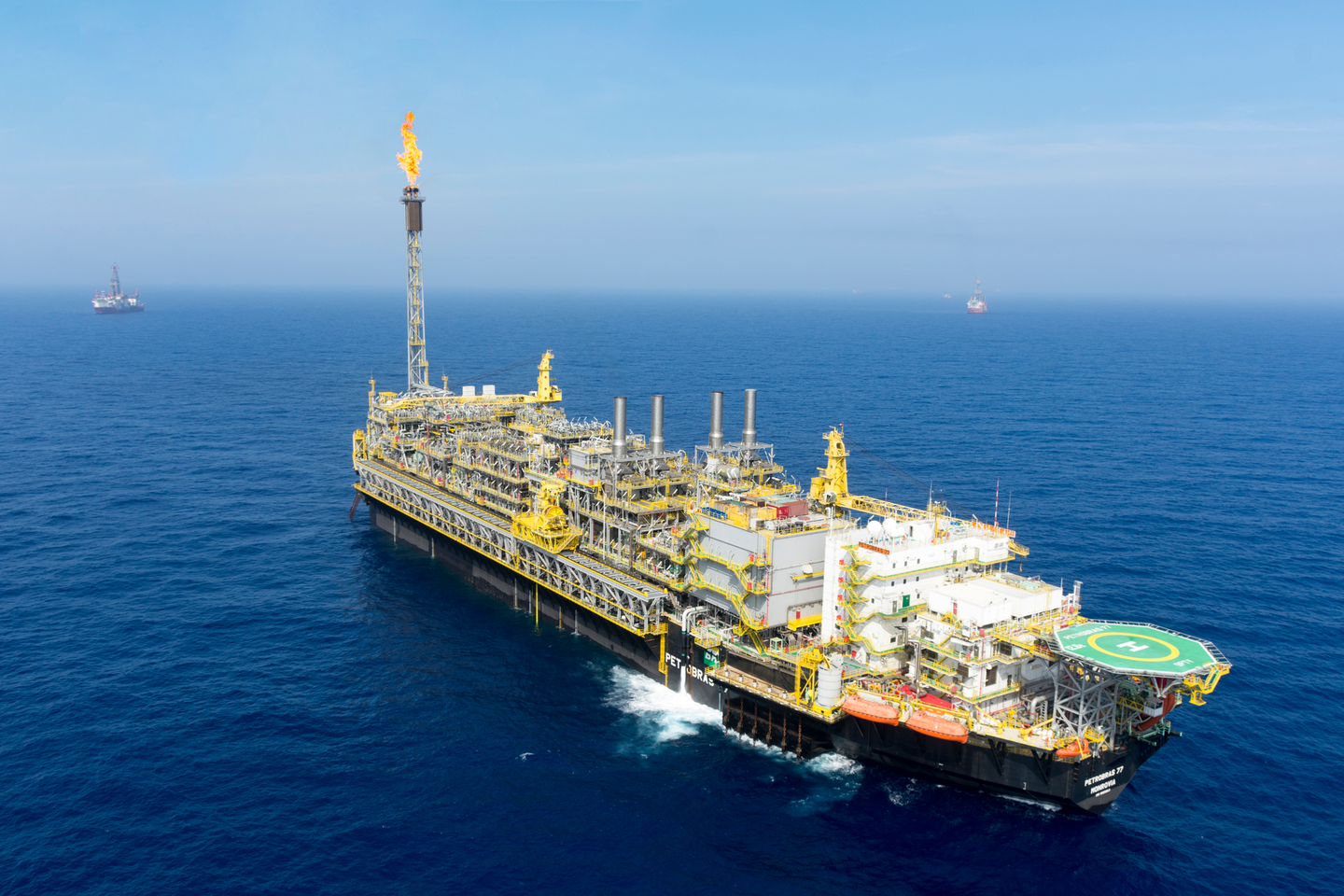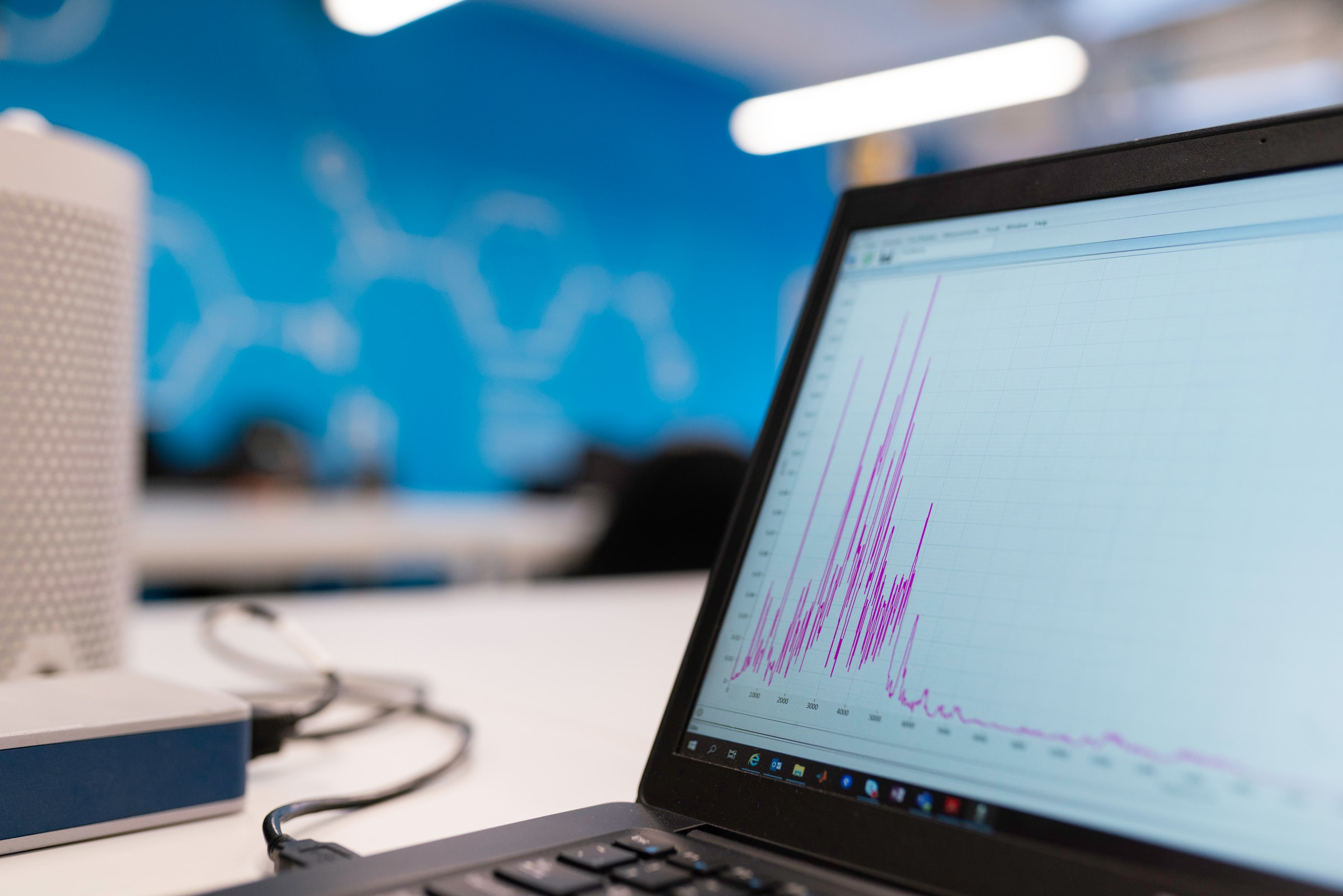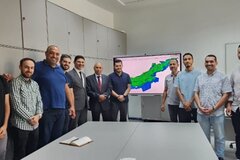Far flung assets, legacy systems — it's a familiar energy-industry scenario. We explore how one company is bringing a monumental upgrade to enable enterprise-wide digitalization.
A multi-million dollar agreement signed this month between Brazil’s state-owned multinational petroleum company Petrobras and Baker Hughes shows the value of long-held trust between partners, of relationships built over time down among the weeds and seaweeds of individual onshore and offshore facilities. It illustrates also that there comes a time, when to upgrade in one area of a vast operation without standardizing in order to digitalize and achieve fleet-wide efficiencies, emissions reductions and improved safety would be to squander resources. Nobody said digitalization is easy, but it is a game changer. And it takes vision and commitment to modernize enterprise-wide, to meet the opportunities and the challenges of today’s rapidly evolving energy landscape.
In Brazil alone, Petrobras has what Rami Qasem, EVP of Digital Solutions at Baker Hughes, describes as “a multitude of assets” — call it 6,000 or so critical or essential machines. For decades, Baker Hughes has worked with the company’s individual exploration, production and refinery facilities to enable, monitor and measure outcomes. Each site is a business in itself, with managers making individual decisions to achieve safety, profitability, economies and advances. Petrobras’ deepwater prospecting capabilities are at the cutting edge of technology, but corporation wide, assets have been developed at different times and now deploy a variety of instrumentation.
“Petrobras has taken the decision to upgrade its assets to a level that enables it to connect what it has using the latest technologies so it can increase digital operation and have access to future high-tech enablement,” says Qasem.

Upstream, midstream, downstream, they’ll all stream...
Beginning in September 2021, the wide-ranging upgrade will deploy some 20,000 wireless condition monitoring sensors across critical and essential machinery and connect upstream, midstream and downstream processes via 50 strategically located Bently Nevada Orbit 60 condition-monitoring racks. Vital machine-health data from the connected orbital systems will then be aggregated on Bently Nevada’s System 1 software platform for real-time analysis, diagnosis and preventative maintenance planning.
The architecture of System 1 is manufacturer agnostic, says Qasem, meaning that Baker Hughes can connect all its equipment, thereby eliminating the need to maintain multiple platforms and train employees in the use of each one.
Petrobras will be among the first companies in the world to implement Orbit 60, which incorporates the most advanced attributes of protection and condition monitoring equipment and integrates cybersecurity up to Security Level 4. The technology offers more than 100 times the processing power of today’s leading industry standard and enables correlation of data from all aspects of a process into one view.
Federico Palacios, Bently Nevada’s Regional Director of Europe, and until recently Latin America, says, “Having a very robust software platform will allow our customer to remotely perform far more services and monitoring operations. With many of the company’s most important assets being offshore, this provides incredible value by increasing the reliability of machinery, being able to schedule maintenance rather than responding to expensive emergencies, and reducing the costs of transporting as many employees and maintenance crews to offshore platforms.”
Globally, the most skilled and experienced oil and gas industry people are approaching retirement and there is a lack of incoming replacements. “Moving towards a digital transformation strategy,” says Palacios, ‘’means operators like Petrobras will be able to keep systems well maintained and running efficiently with smaller teams.”

Managing and lowering emissions from flares
Alongside the Bently Nevada products and services, and Nexus Controls cybersecurity software, additional systems in the project will be delivered by the Panametrics team, the market leader in flare gas flow meters. This microcosm of the greater contract implementation perfectly illustrates the need to upgrade and calibrate hardware to enable improved performance and generation of meaningful, relatable data to bring about reductions in carbon emissions and transparent compliance with environmental regulations.
“Every production and processing facility must have a flare stack, and our flow meters are installed to monitor the flow of gases, to measure the presence and emission of dangerous gases and to measure methane emissions,” says Paulo Souza, Regional Sales Manager for Panametrics. The meters provide information that correlates with production — providing accountability for gases produced and comply within regulatory flare burn gases flow limits required by National Agencies. They are an essential means of detecting leaks, thereby ensuring safety. And under Brazil’s National Environmental Policy, they must provide a constant stream of data on the quantity of gases released into the atmosphere. The data must be provided on an agreed frequency basis for National Agency monitoring and control.
This new contract with Petrobras guarantees faster supply of vital spare parts compared with previous negotiations, in order to keep the flare meters performing consistently well. This first-phase implementation that supports uniform high-quality flare meter performance, says Souza, is the fundamental enabler to introducing the digital component, flare.IQ, which will monitor the operation of the flare meters and aggregate data to verify measurements, and produce reports essential to the operator about production, composition of gases, and emissions. ‘’This can in turn help contribute to the reduction of CO2 eq emissions, as well as lower steam consumption in refineries and assisted flares’’, concludes Paulo Souza.
Collaboration advances an entire organization
Petrobras executives had been grappling with how to implement their vision for connectivity for more than three years, says Qasem. He asserts that by merging individual facility and corporate ambitions under the one contract, the central team at Petrobras will achieve implementation of a unified platform that allows them instant overview of “how they are performing when it comes to flare, how they are performing when it comes to fixed and rotating assets, and puts the hardware and software infrastructure in place to take advantage of the next wave of digital evolution”.
Although C-suite engagement was crucial in achieving the enterprise-wide upgrade that will provide Petrobras the first phase of its digital evolution, Palacios says the agreement could not have been achieved without the intimate partnership and understanding of individual facility needs built by Baker Hughes’ representatives on an asset level over many years. Where trust meets tech, energy can achieve its new-era potential.
For more information about this project, click here for the press release.
Energy Forward Stories
Sign up to stay up to date on the latest innovations and people shaping the future of our industry.




